
What is Impetigo?
Impetigo (aka school sores) is an extremely common and highly contagious infectious skin condition that causes honey-crusted and red sores on the body. It is very common amongst children but can also affect individuals of all age groups. The 2 most common organisms causing impetigo are Staphylococcus aureus (golden staph) and Streptococcus pyogenes. Impetigo is generally more itchy than painful. It is also more common amongst those who suffer from eczema.
Treatment of Impetigo
Treatment of impetigo depends on the severity of symptoms.
Amid Ongoing Infections
During active infections, treatment is key.
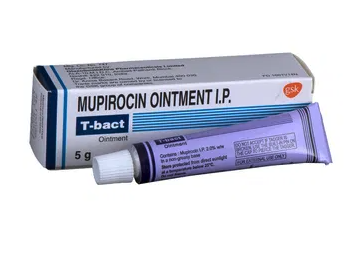
Mupirocin ointment
For mild impetigo, such as if several spots are involved, topical antibiotic such as mupirocin ointment applied directly to the affected area should be enough.

Antibiotic
For more severe, progressive or widespread impetigo, it would not be possible to apply topical antibiotics. It is important to treat impetigo as there is a risk of the bacteria going into the bloodstream to make an individual very sick! During an active infection, it is most ideal for a bacterial swab of the skin to be done by your healthcare provider prior to commencing on a course of appropriate. A swab is important to identify the type of bacterial infection on the skin. Once the causative bacteria is identified, it is then possible to prescribe the most effective antibiotic against the specific organism. This is particularly important due to antibiotic resistance.

PRO TIPS
For example, not all staphylococcus aureus respond to penicillin. There are methicillin-resistant staphylococcus aureus (MRSA) that is resistant to common antibiotics such as penicillin and thus are more challenging to treat than standard staph infections.
After Active Infections
It is possible to be reinfected by the bacteria again. Therefore, it is important to maintain personal hygiene such as washing of the hands regularly, washing towels, bedding or clothing to reduce the risk of spread and to clean and disinfect surfaces that are frequently touched.
Also, it is possible for some individuals to be staphylococcus aureus carriers on their skin, in which case staphylococcal decolonisation methods should be implemented – please refer to this page:

EXTENDED READ
For insights on identifying and managing staphylococcus aureus carriers through staphylococcal decolonization methods, explore our detailed page here at Staphylococcus Decolonisation.
For those prone to recurrent staphylococcal infections, bleach baths can also be done on a regular basis to reduce the bacterial load.

EXTENDED READ
For further information, explore our detailed page here at Understanding Bleach Baths: A Step-by-Step Guide .
 Common Skin Conditions
Common Skin Conditions Paediatric Conditions
Paediatric Conditions Skin Cancer
Skin Cancer Infectious Skin Conditions
Infectious Skin Conditions Other Skin Conditions
Other Skin Conditions Treatment & Management
Treatment & Management Prevention & Skincare
Prevention & Skincare

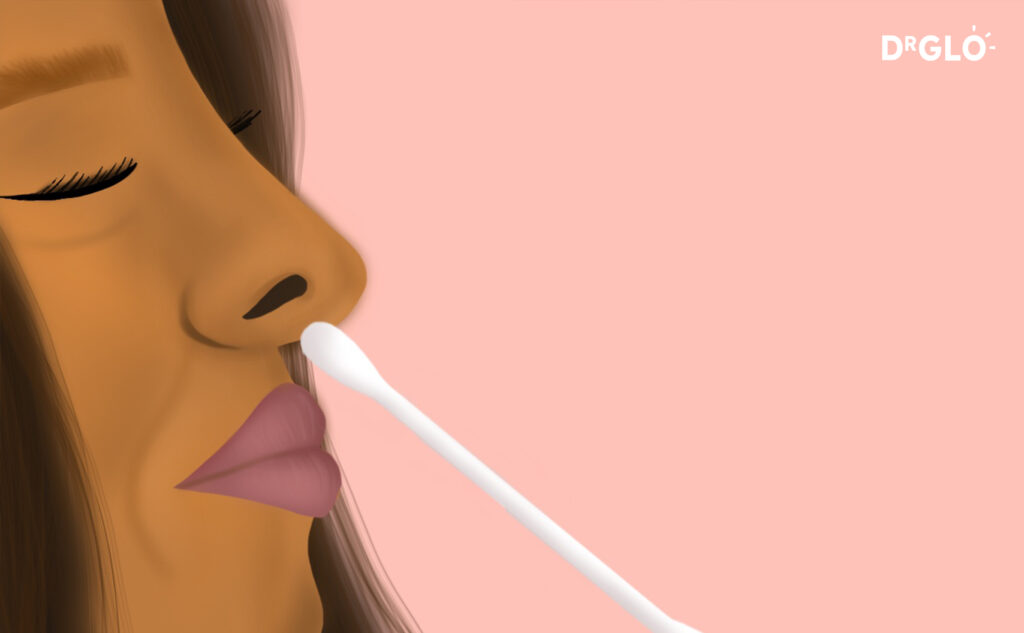
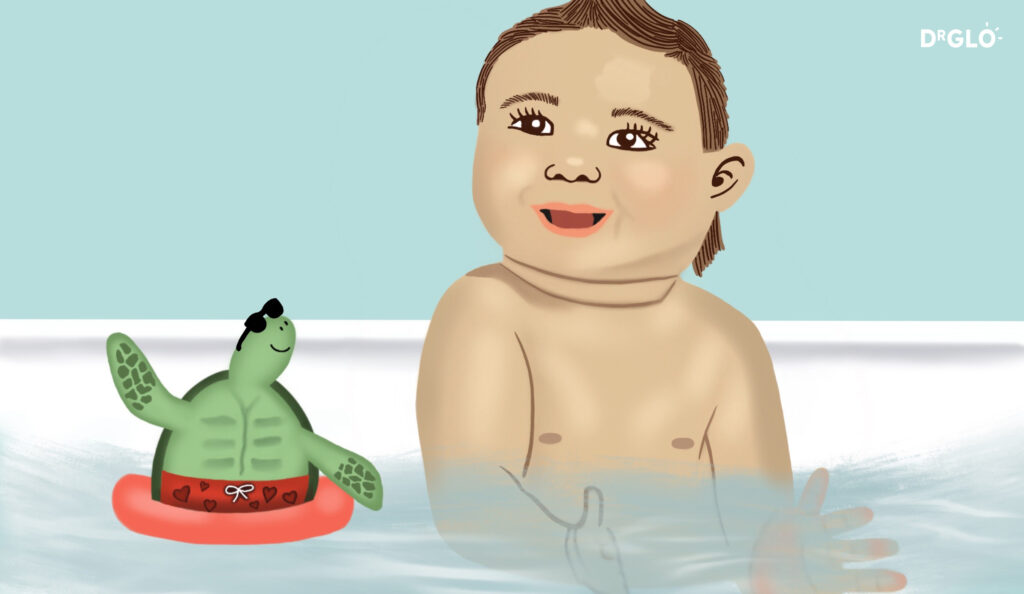
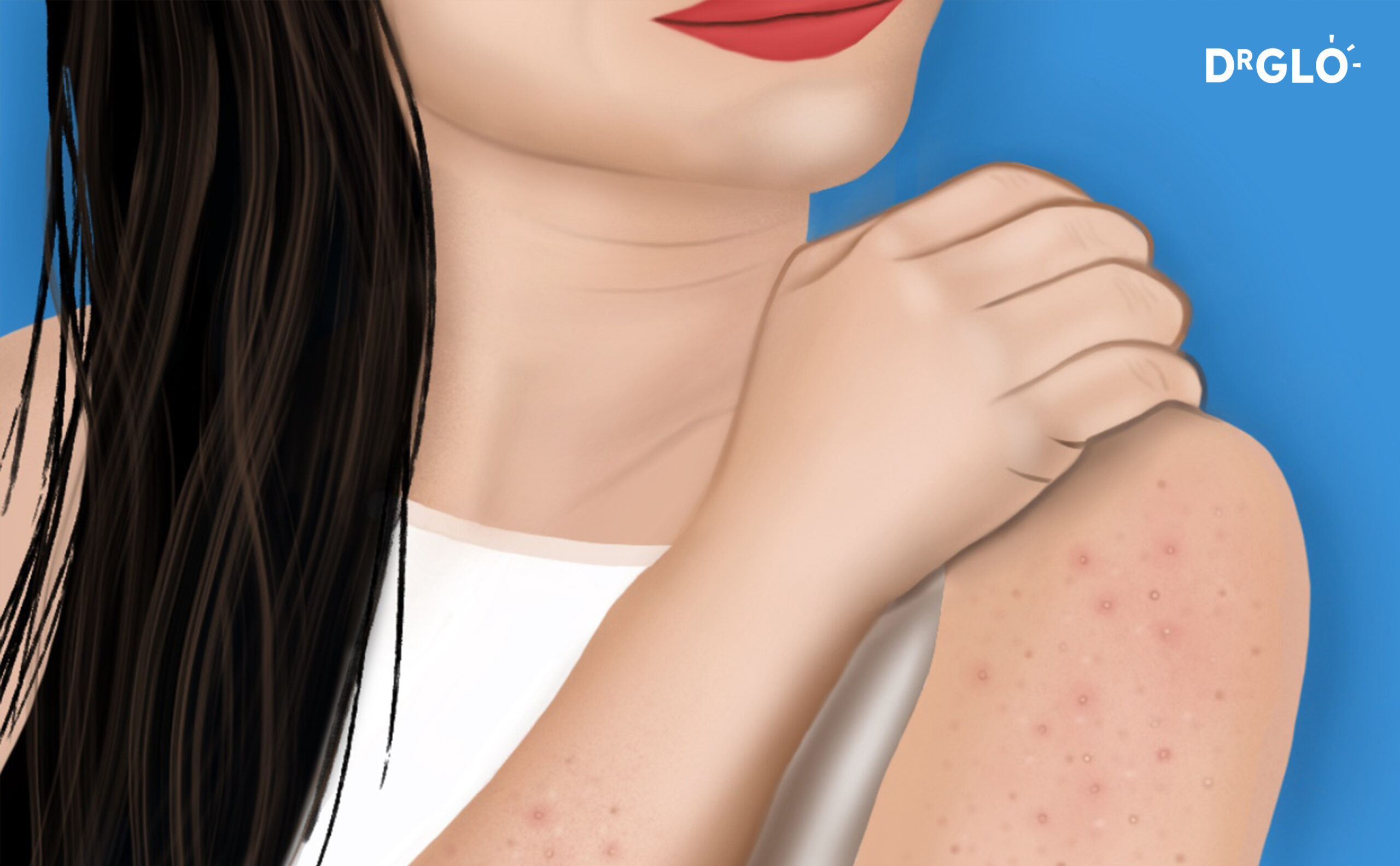
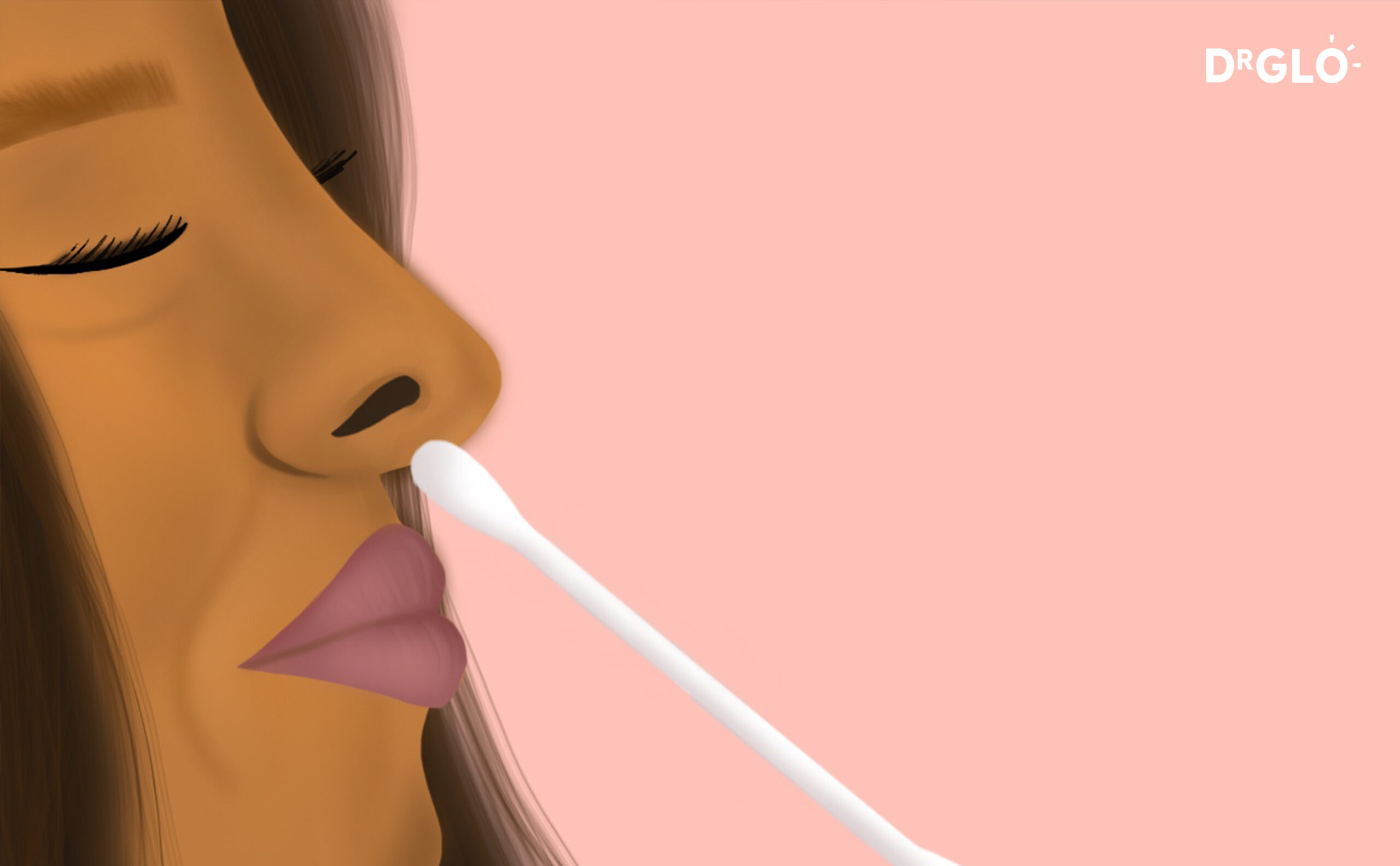
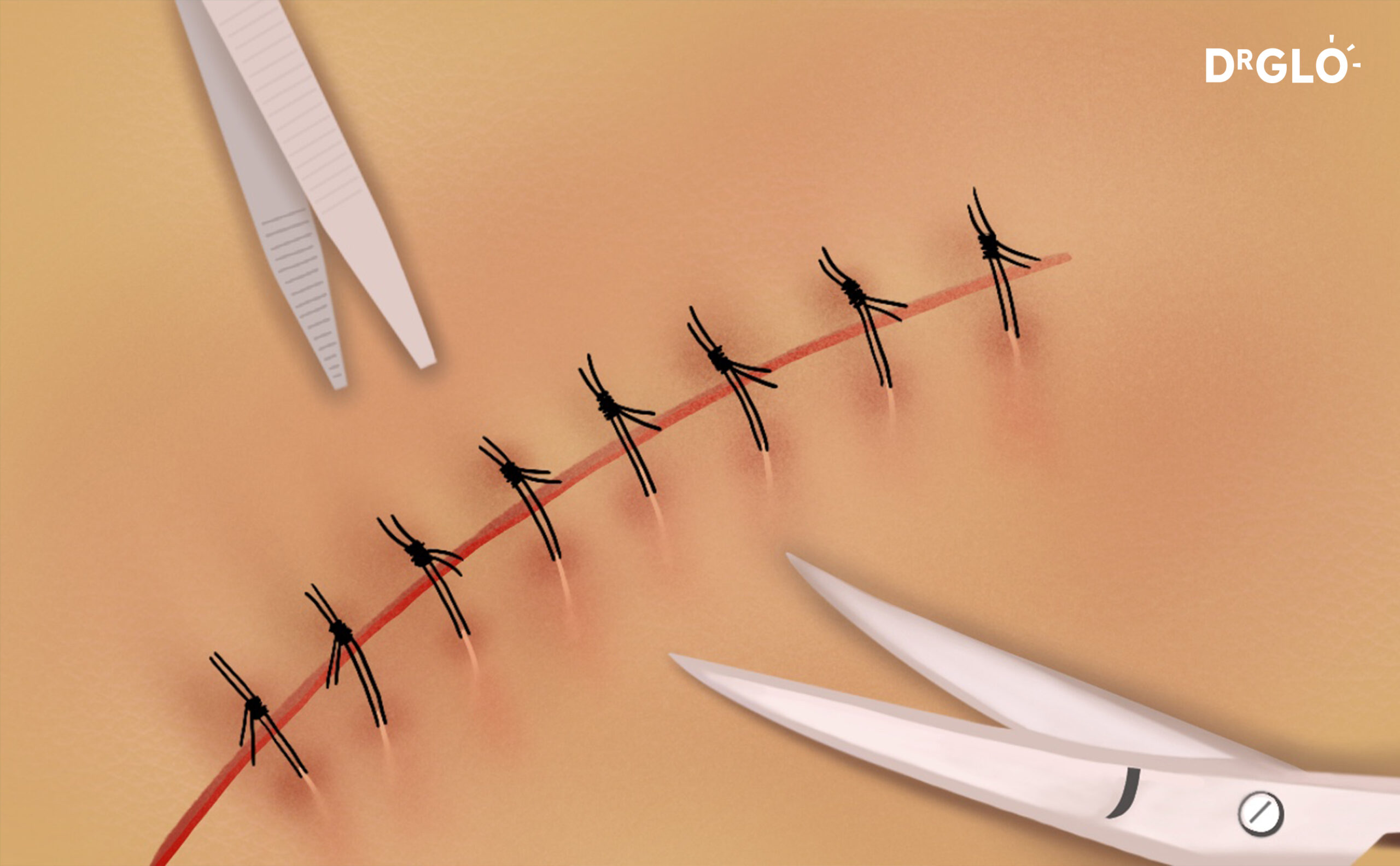
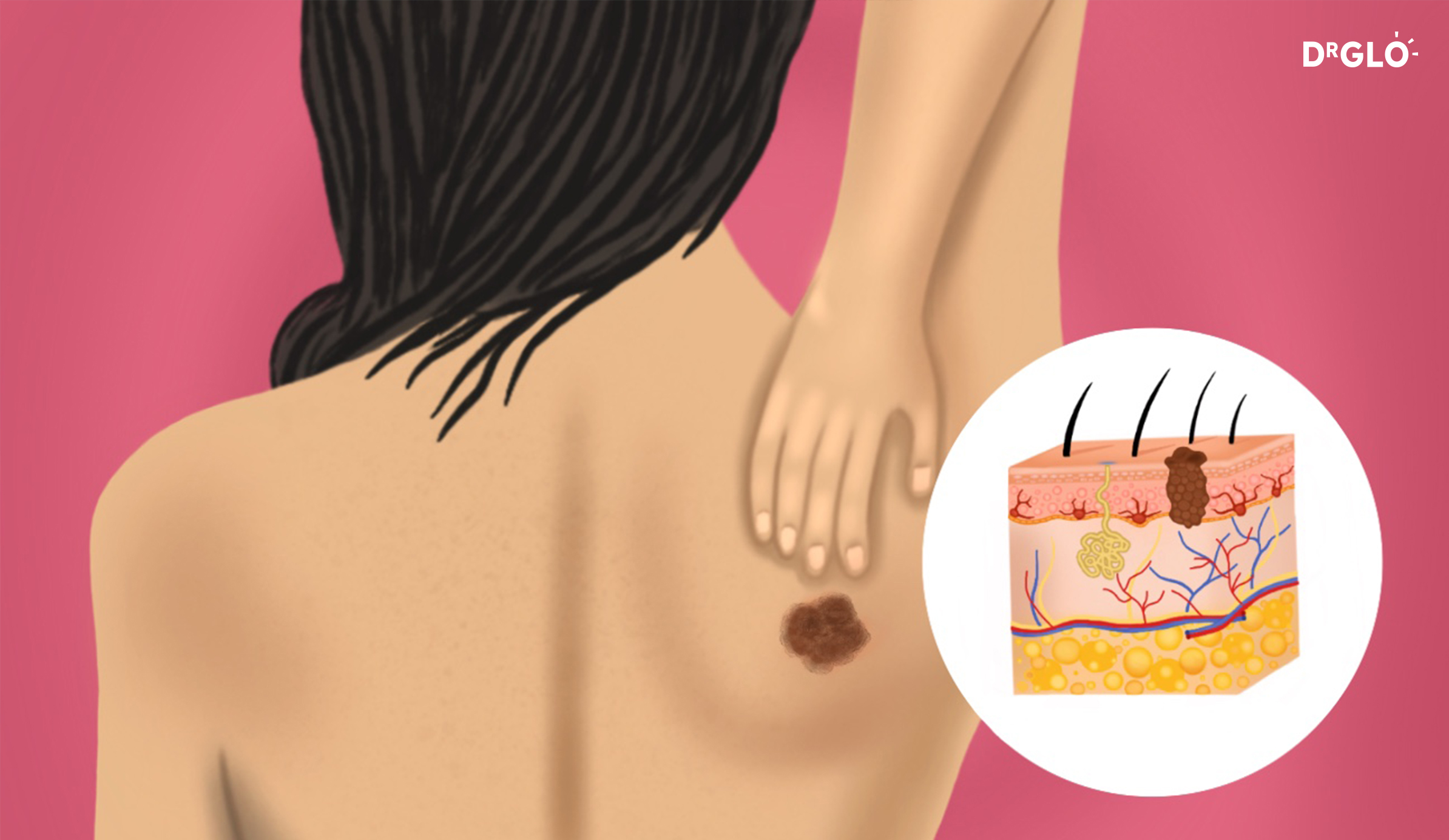
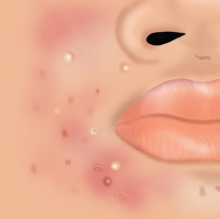

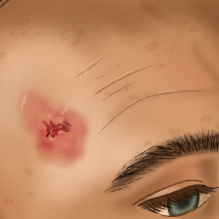

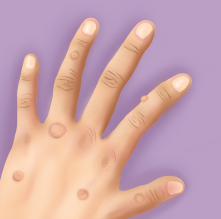

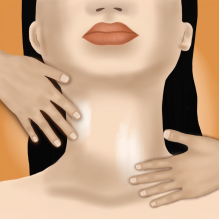
Popular Articles